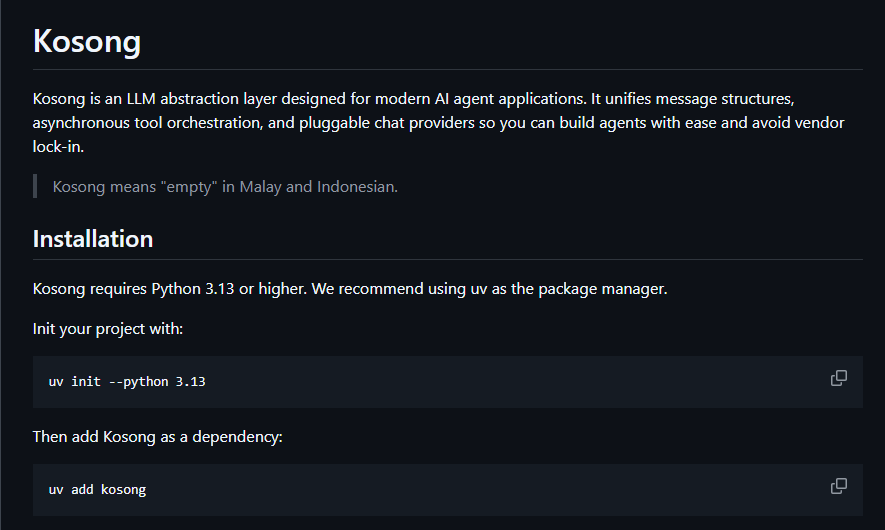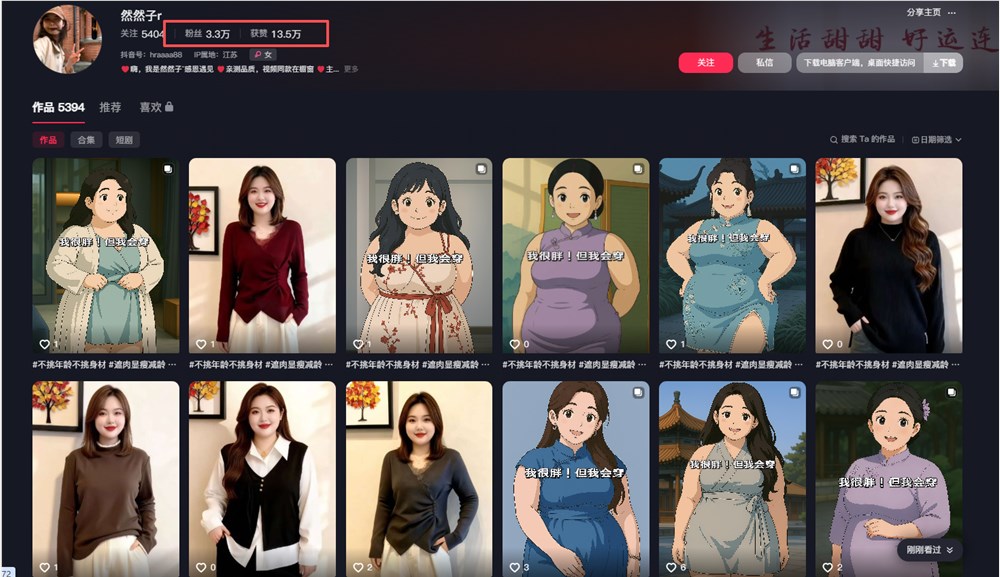At the Stanford Health Care system, a tool called ChatEHR has been put into use, allowing doctors to query patient medical records using natural language, similar to how they interact with ChatGPT. This innovative tool aims to accelerate emergency room chart reviews, simplify patient referral summaries, and consolidate complex medical information.

Image source note: The image is AI-generated, provided by the AI image generation service Midjourney
Michael A. Feffer, Senior Vice President and Chief Information and Digital Officer at Stanford Health Care, stated during a discussion at VB Transform that early pilot results showed a significant improvement in clinical users' information retrieval speed, particularly reducing the time required for chart reviews during critical handoffs for emergency physicians by 40%. This not only reduces the workload on doctors but also improves the quality of patient care.
In today's healthcare industry, doctors spend up to 60% of their time on administrative tasks, leading to the phenomenon known as "sleeping in time," where doctors have to continue working at home. Feffer said his goal is to optimize workflows and reduce extra work hours so that healthcare professionals can focus on more important tasks.
For example, AI can now read information submitted by patients through an online portal and draft responses for human doctors to review and send. Although this does not significantly save time, it effectively reduces doctors' cognitive fatigue. Additionally, more patient-friendly communication methods have become a key advantage of AI.
Feffer mentioned that ChatEHR is also planned to introduce intelligent agents to generate summaries and timelines and provide recommendations for clinical reviews. This innovation will help medical teams better coordinate treatment plans, especially in areas like cancer that require multidisciplinary collaboration. Ultimately, the introduction of AI technology will allow doctors and nurses to spend more time on patient care.
Previously, Feffer's team also introduced SecureGPT to Stanford Medicine, a secure portal offering 15 different models for users to experiment with. Stanford has adopted a diversified AI development strategy, combining self-built models and secure external resources to meet specific needs.
Feffer also emphasized that the success of Stanford Hospital relies on the collaboration of multidisciplinary teams, including the Chief Data Scientist, Informationist, Medical Information Officer, and Nursing Information Officer. Their joint efforts have made the implementation of these complex projects possible.
Stanford Hospital hopes that through this technology, everyone will be able to use AI to better solve real-world problems.
Key Points:
🩺 The time required for chart reviews during critical handoffs decreased by 40%, significantly improving efficiency.
💻 AI can automatically draft responses to patient information, reducing the cognitive burden on doctors.
🤝 Multidisciplinary team collaboration has promoted the successful application of AI technology, providing better patient care.










